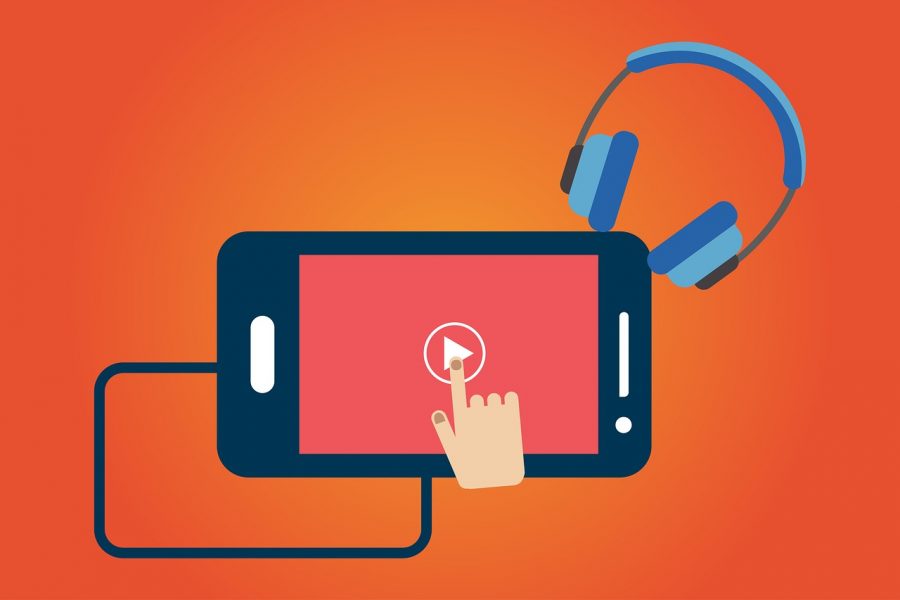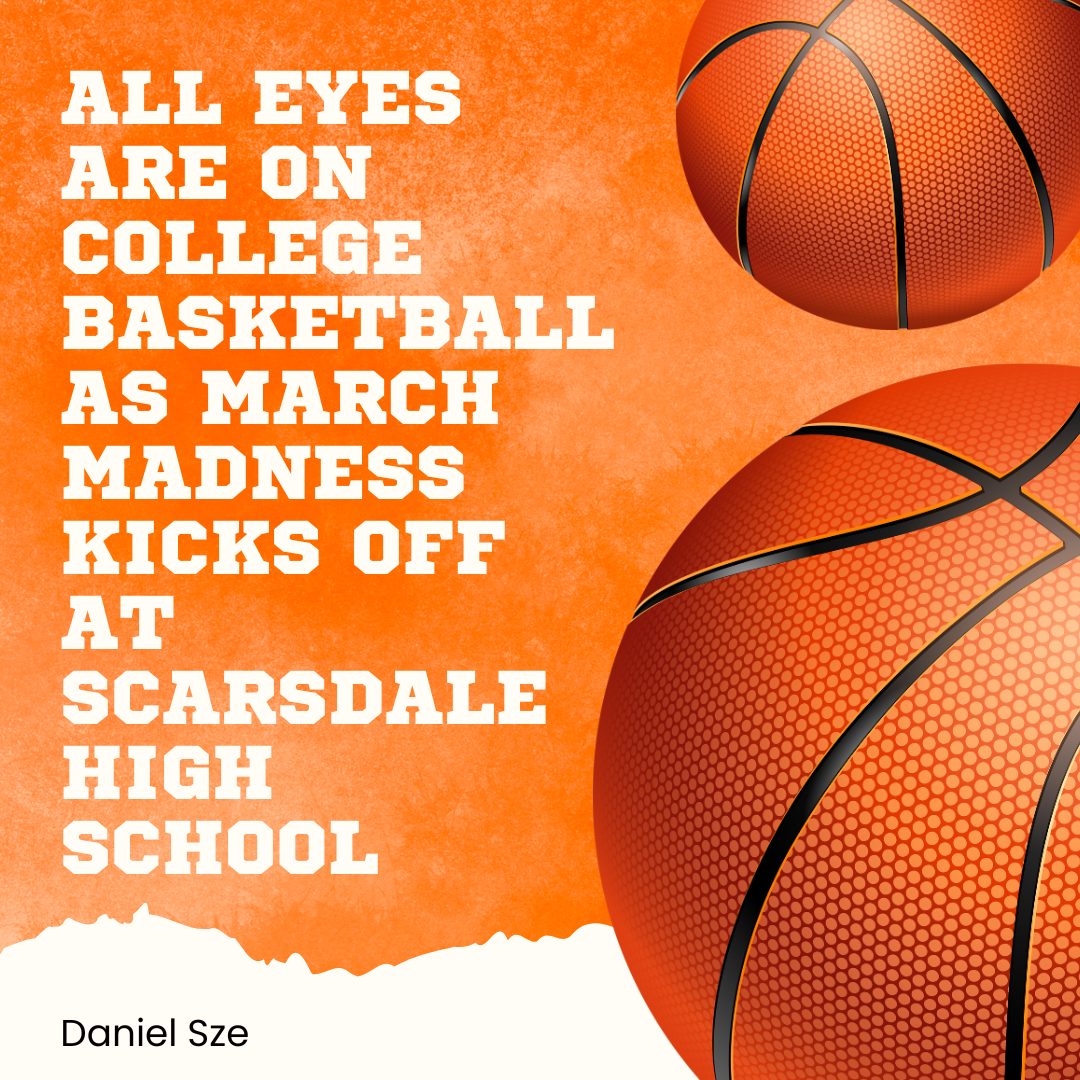The Great Streaming Divide
May 29, 2019
The north and the south, team Cap and team Iron-Man, and now this. For the past few weeks, every student has been debating avidly with their friends on the best music streaming service. Some say Spotify Premium, others say Apple Music. Some say Hulu, others Netflix. So, we did the research, and went through all the mumbo jumbo about the difference between Ogg Vorbis and AAC sound quality (which does not matter) or the viewers to budget ratio of certain shows (again, does not matter). So, if you really care about how many kilobytes per second your music is streamed at, knock yourself out researching the pros and cons of every single aspect of Spotify Premium and Apple Music. But, if you just want a helping hand in your decision, this article will suffice!
First, we’ll go through Spotify Premium and Apple Music. Both streaming services have the same prices for their services: $5 for a student, $10 for an individual account, and $15 for a family account. The family account for both services encompasses five additional accounts, not including the parent account. It’s good to note that for a limited time, Spotify’s individual account comes with free Hulu (minimal ad version). If you are looking to try out both services, Spotify has a free trial time period of 30 days. Apple Music has a free trial time period of 3 months. For this category, we have to choose Spotify based on the fact alone that they encompass Hulu in their $10 monthly plan. Keeping with the topic of prices, let’s talk about the free tier of each network. Spotify has a free tier that is the same as premium but users will get ads from time to time, and playlists can only be put on shuffle. For Apple Music, there is no free tier. Users can only listen to the Beats1Radio network, or buy their songs individually on iTunes. The prices are set, so we turn to the actual content. Apple Music has 50 million songs in their library. Spotify only has 40 million songs, providing a clear-cut winner. However, in music quality, the service on top isn’t clear. Spotify uses an Ogg Vorbis format to stream their music. This translates to 320 kilobytes per second. On a computer, you get 160kbps for standard and 320kbps for a premium subscription. Apple Music uses an AAC format, which stands for Advanced Audio Coding. AAC provides a steady 256kbps for all platforms. Looking at numbers, Spotify looks like it comes out on top, but it doesn’t necessarily. The different formats compensate for the kbps. Even though Spotify has a better kbps ratio, AAC is a smoother streaming format. For this category, it is a draw. Hopefully this category shouldn’t affect your final decision unless you really care about audio quality. Finally, we’ll compare the compatibility of both services with other devices. Apple Music is playable on all Apple products such as Apple Watch, Apple TV, and Homepod. It is also playable on Amazon Alexa products. Spotify, on the other hand, is compatible with many other products. Along with being compatible with Amazon Alexa products, Spotify is playable on Google speakers, Xbox, Playstation (and Playstation Vue), and any device that is certified as a Spotify Connect compatible platform. Spotify takes the cake in this category, because you can’t argue with this data. If you are looking for a free streaming service, then right off the bat Spotify is for you. The shuffling of songs and the ads can be dealt with, and most importantly, it is free. I hope this article has proven helpful in your search for finding the best network for you. Now, on to TV services.
Hulu and Netflix are some of the best priced deals you’ll ever see. You bay minimal amounts of money to receive content that will entertain you for hours. Hulu has three different subscriptions. $5.99 for few commercials, $11.99 for no commercials, and $44.99 for Hulu with live TV. It should be noted that the commercials on Hulu are only on specific shows, specifically popular ones such as The Handmaid’s Tale. The TV channels incorporated in the Hulu bundle include NBC, CNN Fox, ABC, and all the sub-channels of these networks, such as NBC Sports. Netflix has $8.99 for a basic plan, $12.99 for a standard, and $15.99 for Premium. Basic allows streaming on one device in standard definition, while the standard plan allows you to stream on two devices in HD. Premium allows you to stream on up to 4 devices in HD or Ultra HD. All three plans have access to the same content, meaning no content is restricted or has ads on it. Next, let’s talk about the content. Netflix has a much larger collection of movies to watch and they have a deal with Disney that guarantees fan-favorite franchise movies such as Star Wars and Marvel movies. Overall, Netflix just has more content, not to mention their original content. Netflix has exclusive shows like The Crown and Stranger Things. Hulu has more popular and current TV shows. Their shows are usually broadcasted on TV and then uploaded 24 hours later, such as Atlanta or Brooklyn 99. Finally, both services are compatible with many of the same platforms. Any computer, phone or even gaming system will be able to run the two services. Ultimately, Netflix is the winner. Hulu’s live TV package is very enticing but the sheer amount of content Netflix provides trumps anything Hulu could have pulled out of the hat. From personal experience, I use Netflix much more than Hulu and it’s my go-to procrastination site.























